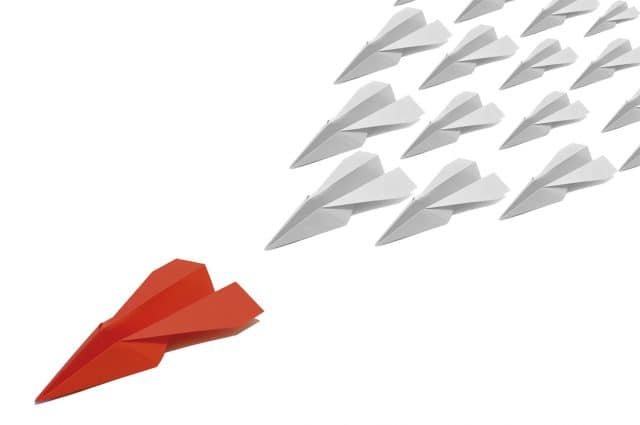Why Flying Is A Health Risk
There are two main ways that air travel could derail your racing ambitions. Let’s go through them.
There are two main ways that air travel could derail your racing ambitions. Let’s go through them. – By Dr Jeroen Swart

1. Infections
The air inside an aircraft is heated before it reaches the passengers, and is very low in humidity. This results in drying out of the mucus membranes of the nose, sinuses and respiratory tract.
Mucus is an important component of our innate immune response to pathogens, containing antibodies such as IgA, and natural killer cells and neutrophils which act together to destroy viruses and bacteria that might cause infection.
The low humidity in an aircraft also results in rapid fluid losses from the respiratory tract during breathing, causing dehydration on longer flights. This can compound the negative effects on mucus production.
Another risk factor is the proximity of infected individuals in airports and aircraft. By touching arbitrary surfaces, you may unwittingly transmit viruses and bacteria to your nose and mouth.
Lastly, many individuals find it difficult to sleeping on aircraft, and this results in progressive fatigue – which alters our immune response, reducing the effectiveness of natural killer cells and neutrophils.
2. Jetlag
Normally, the body clock raises our body temperature and cortisol and adrenaline concentrations during the day, facilitating physical and mental alertness and activity. In the evening these change are reversed, in preparation for sleep. This is known as our circadian or diurnal rhythm.
Taking a flight that crosses three or more time zones disrupts this rhythm, as the body clock can adjust by only one or two hours daily. It usually takes about one day per time zone crossed to feel normal again.
This can result in fatigue, lack of concentration, and mood disturbances during the day, and difficulty in sleeping at night. Both the cumulative fatigue and the change in circadian rhythm reduce exercise performance and the cognitive function of the athlete, and eat away at concentration, drive and co-ordination.
The effects of jetlag are influenced by the direction of travel. Eastward-bound flights appear to be associated with more severe jet-lag symptoms – which also last longer than on flights travelling to the west.
How To Combat Infection
– Drink plenty of fluids throughout the flight.
– Improve your rest and sleep by using earplugs, eye masks and neck cushions.
– Use a saline nasal spray frequently to lubricate the nasal passages.
– Wipe your hands with a disinfectant wipe before touching your face.
– Attend to any sinus, upper respiratory tract infections or allergy-related problems before embarking on your journey.
– Do not drink alcohol on the flight, and try to limit caffeine consumption
Reducing Jet Lag
– Try to adapt to your destination’s time zone beforehand, by going to bed earlier or later depending on the direction of travel.
– Break the journey into segments, staying overnight at one (intermediate) destination.
– Exposure to sunlight will accelerate your adjustment to the new time zone.
– A short training session on arrival could be useful, and may improve sleep.
– Avoid naps during the day
– Sleeping tablets and melatonin therapy may also help you adjust to the new time zone.
READ MORE ON: lifestyle

